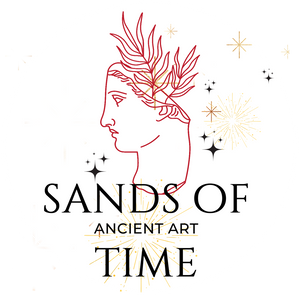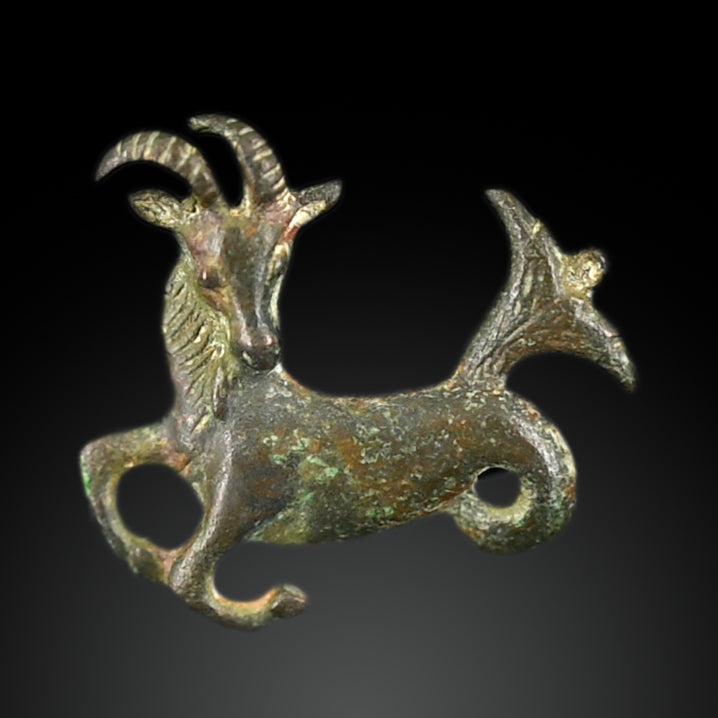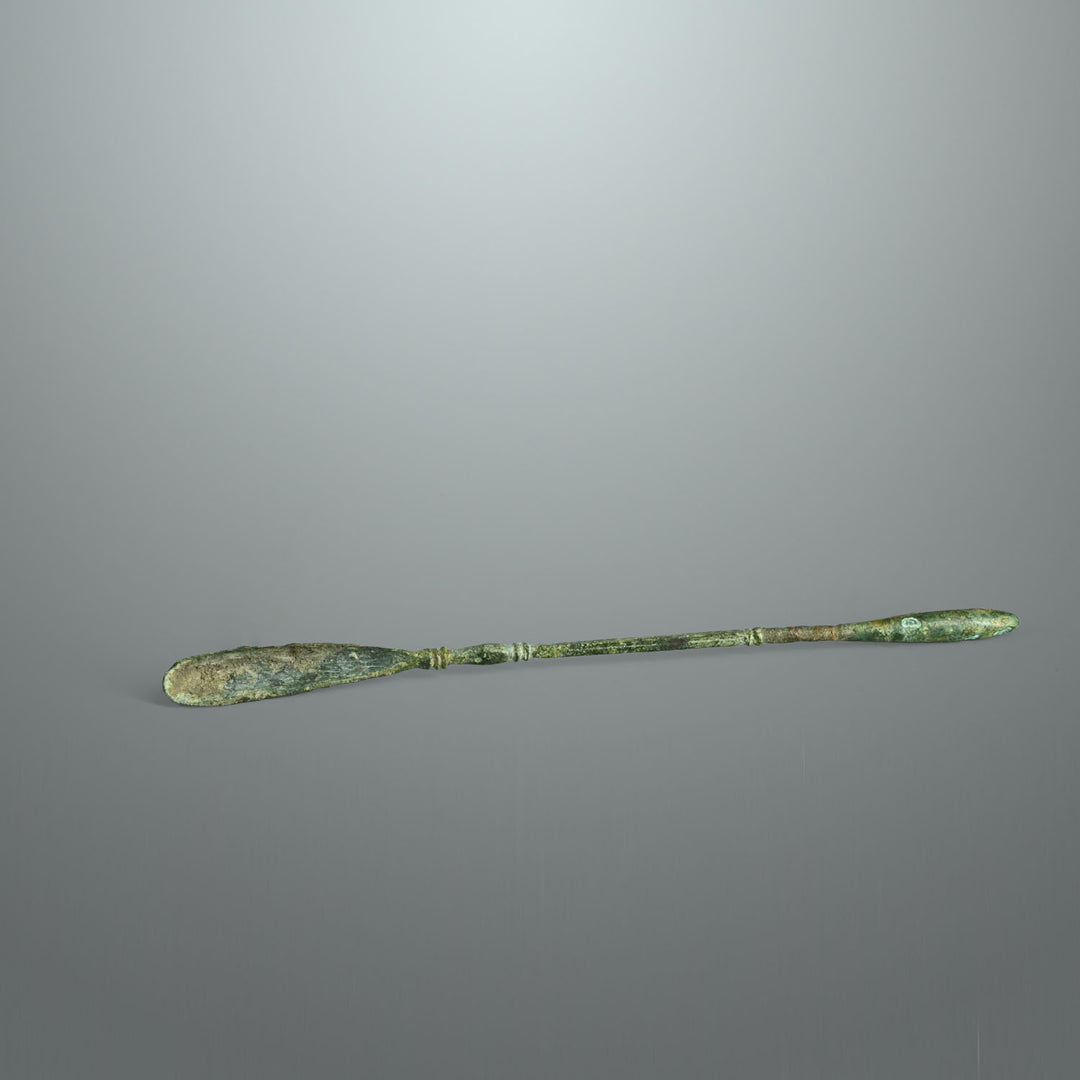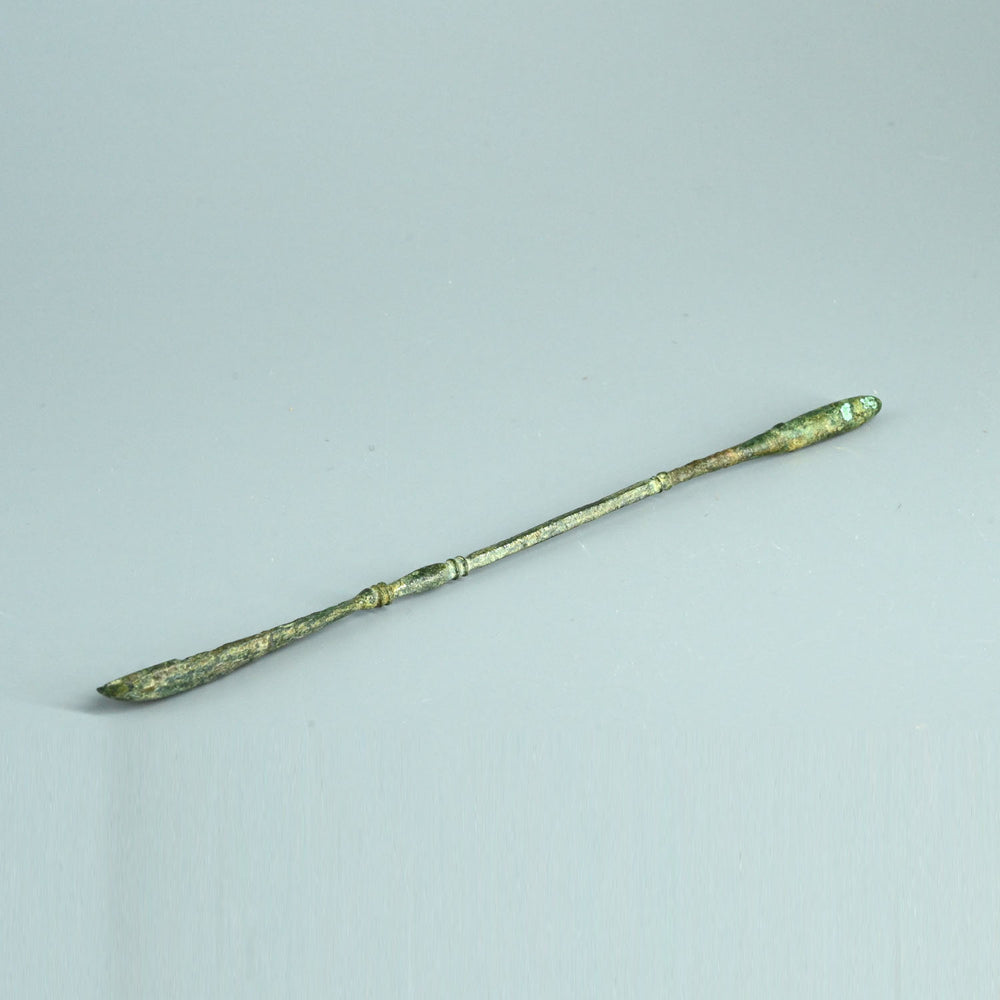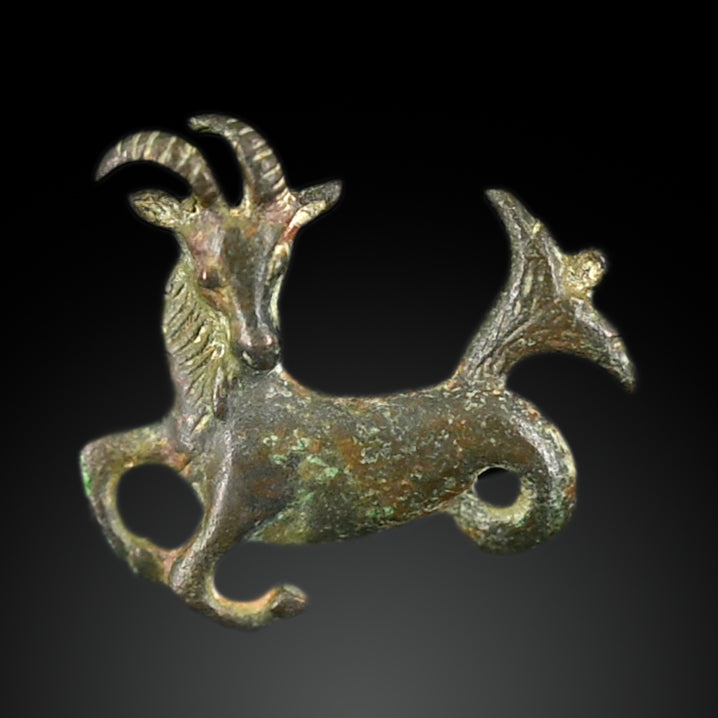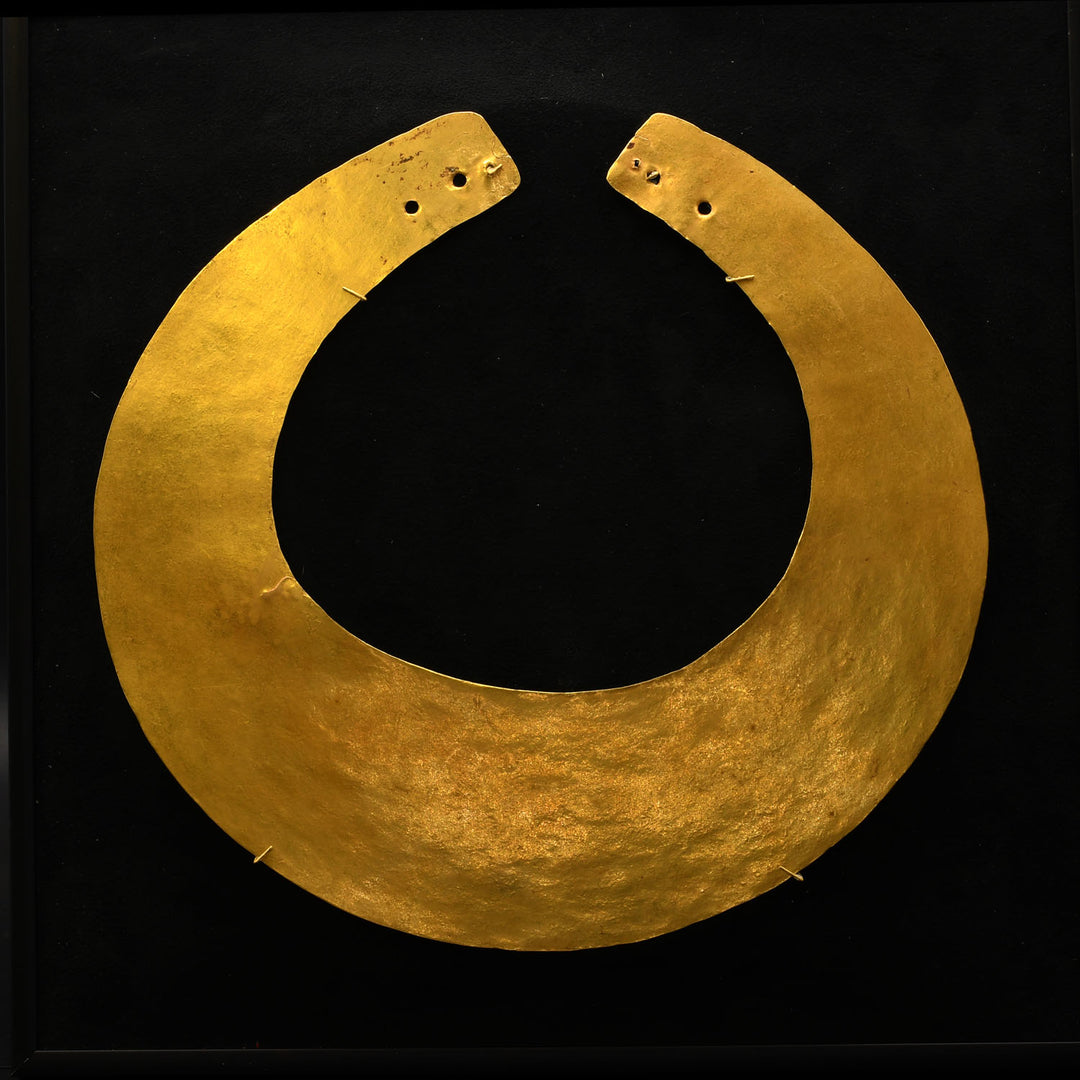A Small Roman Bronze Cyathiscomele, Roman Imperial Period, ca. 1st century CE
RB1505
- This object qualifies for free USA shipping and a flat rate fee of $60 if shipping internationally.
This instrument consists of a long thin handle with a narrow leaf-shaped spoon on one end and an olivary probe on the other, indicating its multi-functionality.
For pharmaceutical purposes the spoon was used to remove medicines from their flasks, explaining the many different sizes of the spoon and handle. It might have been used to mix ointments as well. For surgery Milne suggests it might have been used as a curette (1907: 62). There is also the possibility that it was applied in lithotomy operations to help remove stones from the urethra (Jackson 1994b: 181; Milne 1907: 62) and as cauteries to remove unhealthy tissue or bone (Braadbaart 1994: 54; Künzl 1983: 25-6; Milne 1907: 116-20). The olivary ends could be used in pharmaceutical procedures to mix ointments. It was also possible to use it to create a drip effect much like a modern eye-dropper by placing a piece of cloth soaked in a liquid medicament above the olivary end, and squeezing the cloth so that the ointment would slide down over the termination and drip onto the area in need of the medicine. As a surgical implement the olivary end could be used to explore fistula (Cels. 5. 28. 12 C) and for examining carious bone (Cels. 8. 2. 3).
Dimensions: Length: 5 inches (12.7 cm)
Condition: Complete, probe shows signs of rejoining but otherwise in very good condition overall.
Provenance: Private Maryland collection, acquired from the trade in 2005 and previously in a private IL collection.
Sands of Time provides a lifetime, unconditional guarantee of authenticity and provenance. Every object you purchase from us is accompanied by a Certificate of Authenticity, stating culture, provenance, and age.
Furthermore, we conduct due diligence to ensure the item, to the best of our knowledge, has not been illegally obtained from an excavation, architectural monument, public institution, or private property. Wherever possible, reference is made to existing collections or publications.Wherever possible, reference is made to existing collections or publications.
We ship Tuesday to Friday with FedEx and usually same day if your order is received before 2pm. Within the continental USA, packing, shipping and insurance is free. Depending on size and destination, delivery times range from one to five business days.
For overseas shipments we charge a small flat rate which includes packing, preparation of all customs paperwork, insurance and carrier fees in compliance with all USA and International customs requirements. Overseas shipments are sent using either USPS Priority Mail or FedEx but contact us if you have a shipping preference. International customers are responsible for all duties and taxes.
